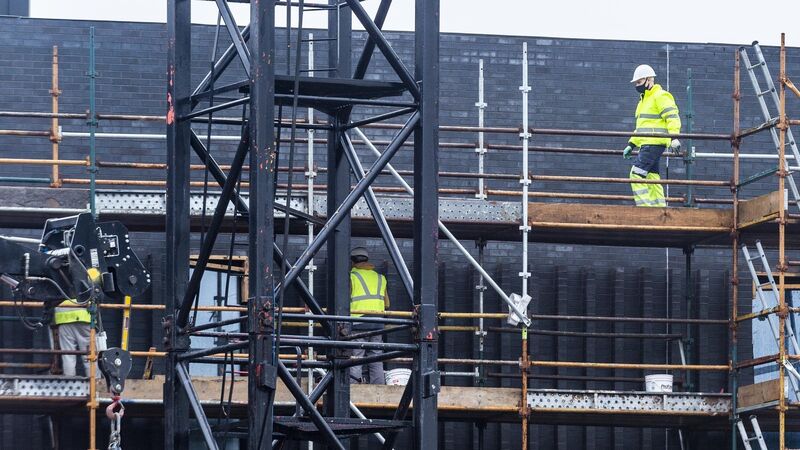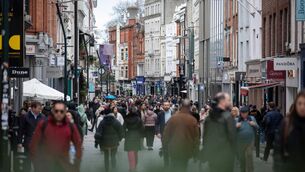Covid-19 unemployment shock to last until end of 2023, ESRI warns

In this third lockdown, the tougher restrictions on the construction industry, which employs many thousands of people, will have implications for people finding work. Picture: Andy Gibson.
Tougher-for-longer Covid-19 restrictions amid the delay in rolling out vaccines will likely mean the unemployment crisis will take a year longer to unwind than previously thought, a leading expert has warned.
Professor Kieran McQuinn of the Economic and Social Research Institute (ESRI) said getting back to the pre-Covid rate of unemployment of 5% of February last year will now take to the end of 2023, and not the end of 2022, as the ESRI had earlier forecast.











